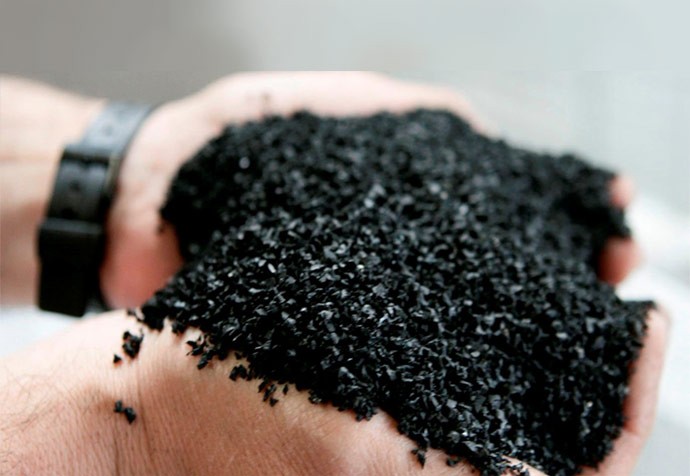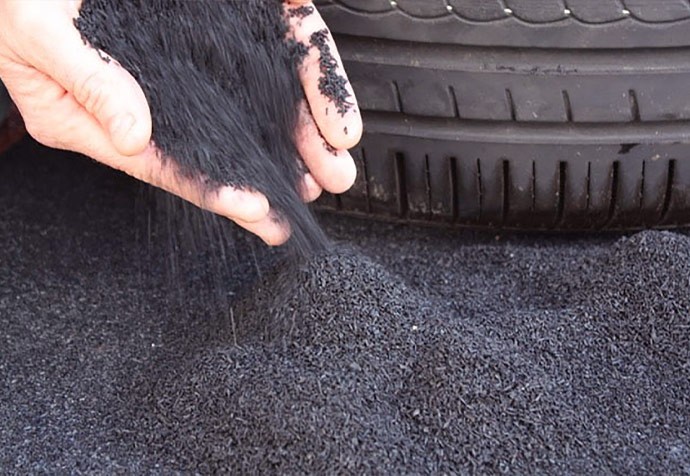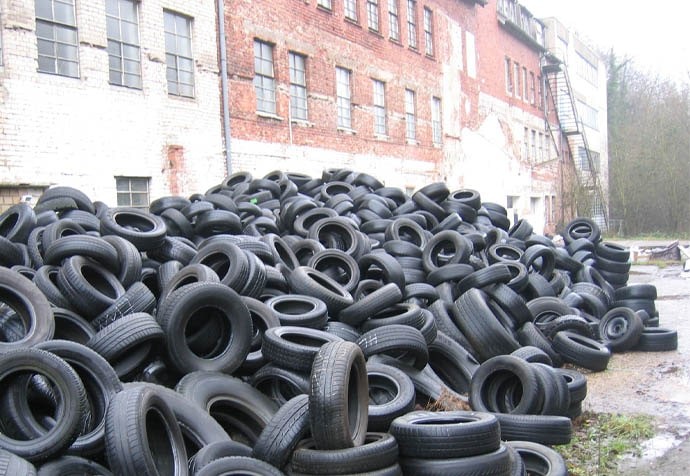The concept of sustainability has been garnering much-needed public attention and interest in recent years. The increase of waste has serious environmental implications, and waste management must be carefully considered. There is now a focus on sustainable practices in almost any industry—including the rubber industry.
The rubber industry has been faced with its own unique challenges when it comes to recycling. Synthetic rubber is difficult to manage due to three main factors:
- Large volume of waste
- Durability of the material
- Hazards involving handling and storage
Until recently, the technology and infrastructure to deal with this waste did not exist—rubber stockpiles were standard, despite the hazards. Fortunately, decades of concerted effort have culminated in effective rubber recycling programs. Old tires can find new life as playground surfaces, floor mats, or even impact-resistant parking stops. The success of rubber recycling sheds light on a promising future in non-biodegradable waste management.
THE LARGEST SOURCE OF RUBBER WASTE: OLD TIRES
Rubber recycling is synonymous with waste tire management for good reason. Old tires are by far the most common source of waste rubber. Passenger cars, trucks, airplanes, and off-road vehicles all use and abuse rubber tires during operation. Tire service life can be extended by retreading, but not indefinitely. Eventually, end of life tires (ELTs) are taken off the road. From there, they are either recycled, stockpiled, or sent to the landfill.
The sheer volume of waste tires is intimidating. In 2007, 303.2 million scrap tires were generated in the US. Two thirds were from passenger cars and the remainder came from trucks, heavy equipment, aircraft, off-road and scrapped vehicles.
Source: www.reliance-foundry.com





0comment